A graphic design project may involve the presentation of existing text and image, such as with a newspaper story which begins with the journalists and photojournalists. It then becomes the graphic designer's job to organize the page into a reasonable layout and determine if any other graphic elements should be required. In a magazine article or advertisement, often the graphic designer or art director will commission photographers or illustrators to create original pieces just to be included into the design layout. Current design practice has been extended to the modern computer, for example in the use of WYSIWYG (What You See Is What You Get) user interfaces, often referred to as interactive design (IxD), or multimedia design.
Page layout
Page layout is the part of graphic design that deals in the arrangement and style treatment of elements (content) on a page. Beginning from early illuminated pages in hand-copied books of the Middle Ages and proceeding down to intricate modern magazine and catalog layouts, proper page design has long been a consideration in printed material. With print media, elements usually consist of type (text), images (pictures), and occasionally place-holder graphics for elements that are not printed with ink such as die/laser cutting, foil stamping or blind embossing.
Printmaking
Printmaking is the process of making artworks by printing, normally on paper. Except in the case of monotyping, the process is capable of producing multiples of the same pieces, which is called a print. Each piece is not a copy but an original since it is not a reproduction of another work of art and is technically known as an impression. Painting or drawing, on the other hand, creates a unique original piece of artwork. Prints are created from a single original surface, known technically as a matrix. Common types of matrices include: plates of metal, usually copper or zinc for engraving or etching; stone, used for lithography; blocks of wood for woodcuts, linoleum for linocuts and fabric plates for screen-printing. But there are many other kinds, discussed below. Works printed from a single plate create an edition; in modern times usually each signed and numbered to form a limited edition. Prints may also be published in book form, as artist's books. A single print could be the product of one or multiple techniques.
Typography
Typography is the art, craft and techniques of type design, modifying type glyphs, and arranging type. Type glyphs (characters) are created and modified using a variety of illustration techniques. The arrangement of type is the selection of typefaces, point size, line length, leading (line spacing) and letter spacing. Typography is performed by typesetters, compositors, typographers, graphic artists, art directors, and clerical workers. Until the Digital Age, typography was a specialized occupation. Digitization opened up typography to new generations of visual designers and lay users.
Web design
Graphic designers are often involved in web design. Combining visual communication skills with the interactive communication skills of user interaction and online branding, graphic designers often work with web developers to create both the look and feel of a web site and enhance the online experience of web site visitors. In the job field, many companies look for someone who can do both graphic design and the web application development involved in web design, including programming. There is a great deal of debate in the professional design community about whether this trend is positive, or if graphic designers are being over-tasked with unrelated skills and disciplines. A collaborative web-design team may split the tasks between graphic designers and software engineers.
Page layout
Page layout is the part of graphic design that deals in the arrangement and style treatment of elements (content) on a page. Beginning from early illuminated pages in hand-copied books of the Middle Ages and proceeding down to intricate modern magazine and catalog layouts, proper page design has long been a consideration in printed material. With print media, elements usually consist of type (text), images (pictures), and occasionally place-holder graphics for elements that are not printed with ink such as die/laser cutting, foil stamping or blind embossing.
Printmaking
Printmaking is the process of making artworks by printing, normally on paper. Except in the case of monotyping, the process is capable of producing multiples of the same pieces, which is called a print. Each piece is not a copy but an original since it is not a reproduction of another work of art and is technically known as an impression. Painting or drawing, on the other hand, creates a unique original piece of artwork. Prints are created from a single original surface, known technically as a matrix. Common types of matrices include: plates of metal, usually copper or zinc for engraving or etching; stone, used for lithography; blocks of wood for woodcuts, linoleum for linocuts and fabric plates for screen-printing. But there are many other kinds, discussed below. Works printed from a single plate create an edition; in modern times usually each signed and numbered to form a limited edition. Prints may also be published in book form, as artist's books. A single print could be the product of one or multiple techniques.
Typography
Typography is the art, craft and techniques of type design, modifying type glyphs, and arranging type. Type glyphs (characters) are created and modified using a variety of illustration techniques. The arrangement of type is the selection of typefaces, point size, line length, leading (line spacing) and letter spacing. Typography is performed by typesetters, compositors, typographers, graphic artists, art directors, and clerical workers. Until the Digital Age, typography was a specialized occupation. Digitization opened up typography to new generations of visual designers and lay users.
Web design
Graphic designers are often involved in web design. Combining visual communication skills with the interactive communication skills of user interaction and online branding, graphic designers often work with web developers to create both the look and feel of a web site and enhance the online experience of web site visitors. In the job field, many companies look for someone who can do both graphic design and the web application development involved in web design, including programming. There is a great deal of debate in the professional design community about whether this trend is positive, or if graphic designers are being over-tasked with unrelated skills and disciplines. A collaborative web-design team may split the tasks between graphic designers and software engineers.













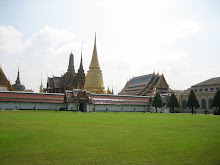
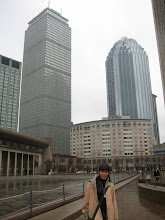
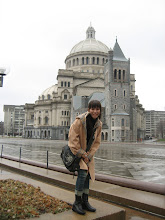
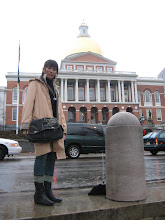
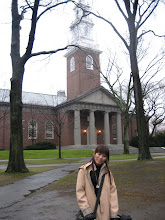
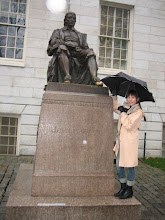
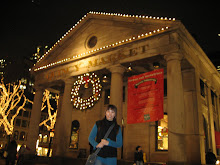
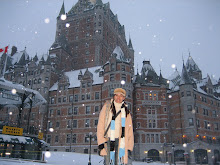


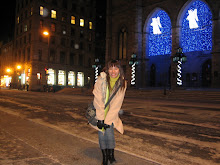
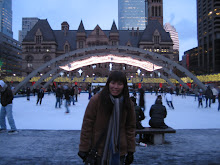

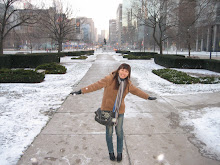



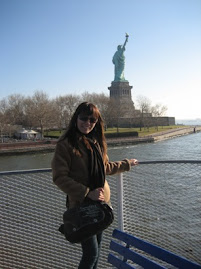
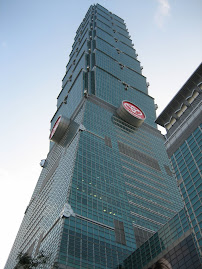+080.jpg)




No comments:
Post a Comment